Economic corridor: In policy statement, govt denies change in route
Ahsan Iqbal says all three routes being constructed simultaneously
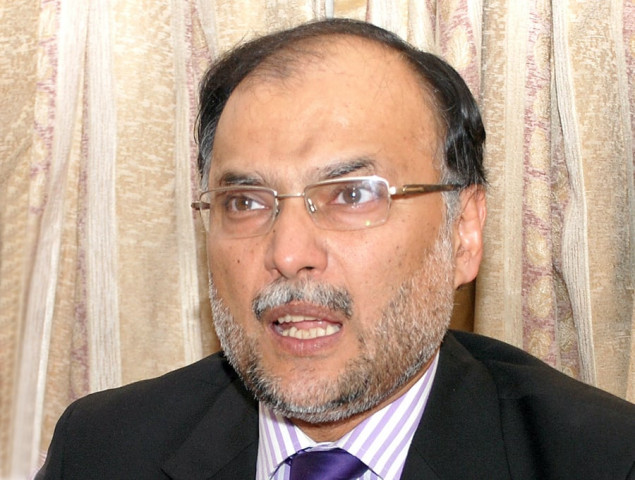
Ahsan Iqbal says all three routes being constructed simultaneously. PHOTO: EXPRESS
Planning & Development Minister Ahsan Iqbal has sought to quash the impression that the government is rerouting the multibillion-dollar China-Pakistan Economic Corridor (CPEC), which he described as a ‘fate changer’ for Pakistan.
In a policy statement, the minister told lawmakers in the National Assembly on Wednesday that there was no plan to change the Eastern route and that all three alignments of roads – Western, Eastern and Central – were being constructed simultaneously. “The corridor will be completed by 2016 and will mainly benefit Balochistan and Khyber-Pakhtunkhwa.”
As lawmakers of the main opposition parties – the PPP and the PTI – had boycotted the session because of alleged discrimination in allocation of development funds, the minister asked the remaining MPs: “Does anyone possess the original plan? If yes, then can anyone show us what changes have been introduced in the original plan?”
Ahsan said the country was fighting against extremists and terrorists. “This project will transform the entire region: South Asia, Asia, China and the Middle East.” He added that the CPEC would be a significant project of the 21st century as it would benefit around 1.5 to 2 billion people.
The minister said China wanted to integrate with the West through the maritime and silk route. “They are shifting their manufacturing to the United States and Europe. Pakistan is in the centre to make block for 3 billion people. This way the project is a win-win for all.”
Addressing reservations
In Ahsan’s chamber, JUI-F lawmaker Maulana Muhammad Sherani raised objections over the route. “The corridor’s idea was conceived during former president Pervez Musharraf’s era and its original design was changed by the ruling PML-N,” he added.
However, the minister told Sherani that the CPEC idea was conceived on July 5, 2013 when Prime Minister Nawaz Sharif had visited China and made an agreement on the project.
The minister rushed to the assembly again to clarify the government’s position. He also belittled the Musharraf government. “All the projects, plans and designs that were made during Musharraf’s rule were false and misleading.”
He said Musharraf had not implemented any project and, despite receiving billions of dollars, he could not contribute to the country’s energy sector.
The Eastern route passes through Gilgit-Baltistan, Khyber-Pakhtunkhwa, Islamabad, Punjab, and Sindh and will link to the Gwadar port through the East Bay Expressway along the Makran coastline.
The route cuts out the restive areas of Balochistan and K-P, and is aimed at ensuring security for Chinese convoys. Balochistan and the rest of K-P will be included in the Western route to be built in the future.
Ahsan said the Eastern route was under construction and would be completed by 2016. He revealed that 10 to 12 officials of the Frontier Works Organisation had been gunned down while working on the route. “We salute their sacrifices for Pakistan.” The minister said it would not be fruitful to make the project controversial, as all four provinces would be benefiting from it.
Citing recent media reports, he said the same media that had termed Pakistan a safe haven for terrorists was now saying Pakistan was a safe haven for a $46 billion investment. “Now investors from the US, Japan and other countries might also invest in our country.”
He advised his fellow parliamentarians against raising objections over the project, warning them that their criticism could deter the investors.
Pakistan and China recently signed more than 50 agreements, mostly covering commercial loans to Pakistani power generation companies, but also including financing agreements for six infrastructure projects that would set in motion work on the Eastern trade corridor connecting Western China with Gwadar that Beijing wants to see operational before the end of next year.
“The corridor will link Kashgar in Western China with the deep sea port in Gwadar through a mesh of communication networks comprising a world-class seaport, commercial sea lanes, an airport, highways, railways, fibre optic cables as well as oil and gas pipelines,” said Iqbal.
Bias in funds sharing
The opposition parties staged a walkout from the house for the third consecutive day on Wednesday. Leader of the Opposition Khursheed Shah questioned the gaping difference in allocation of funds: the ruling party’s lawmaker would be allocated Rs50 million and the opposition lawmaker would get only Rs20 million, while there is no allocation for the female legislators.
He offered all allocations made for the opposition lawmakers to the government. He also spoke against the government’s intention to delay the NFC award for a year and criticised the ‘interference’ of the federal government in devolved subjects like education and curriculum.
Published in The Express Tribune, April 30th, 2015.

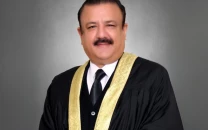
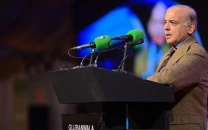

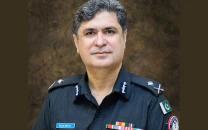
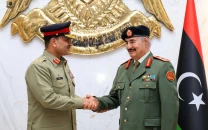



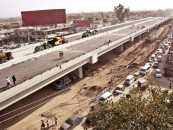








COMMENTS
Comments are moderated and generally will be posted if they are on-topic and not abusive.
For more information, please see our Comments FAQ